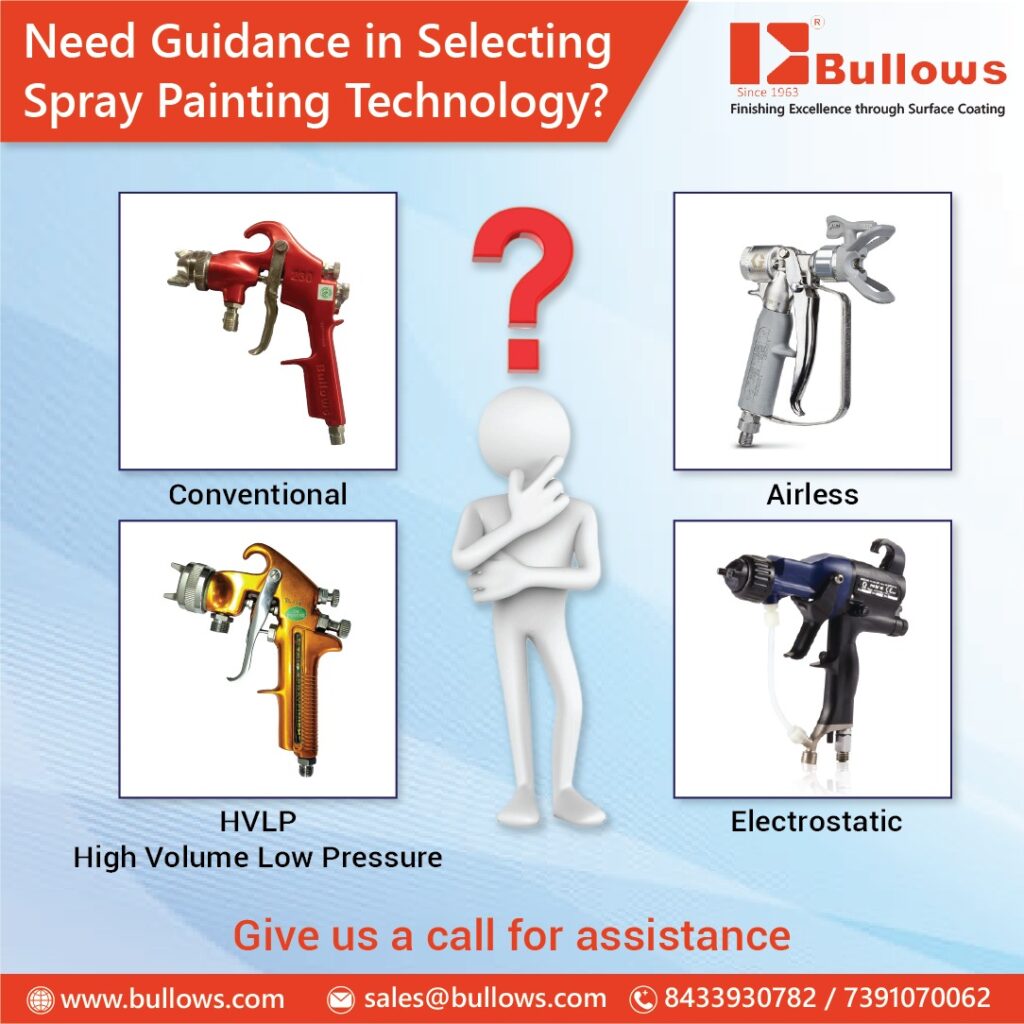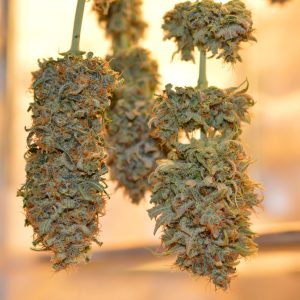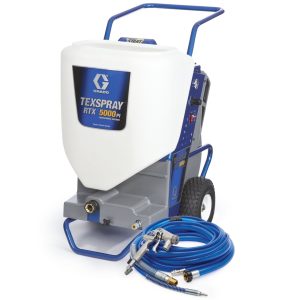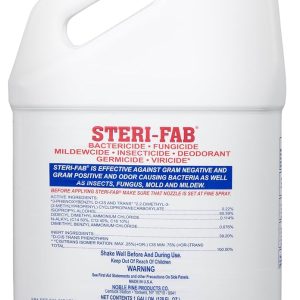
The world of professional painting has evolved dramatically with technological advancements, and one of the most game-changing innovations is the spray gun light. This essential tool has revolutionized how painters approach their craft, eliminating shadows and providing unprecedented visibility during application. Whether you’re working in automotive refinishing, furniture restoration, or industrial coating applications, understanding the importance and functionality of spray gun lighting systems can significantly impact your work quality and efficiency.
Modern spray gun lights have become indispensable for professionals who demand precision and consistency in their work. These innovative devices attach directly to your existing spray equipment, creating a focused beam of illumination that follows your spray pattern exactly. The technology addresses one of the most persistent challenges in the painting industry: achieving uniform coverage and detecting imperfections in real-time during application.
Understanding Spray Gun Light Technology and Applications
The fundamental principle behind spray gun light systems lies in their ability to provide direct, shadow-free illumination exactly where the paint is being applied. Unlike traditional overhead lighting or handheld flashlights, these specialized lights are engineered to integrate seamlessly with spray gun equipment without interfering with the painting process. The light source typically consists of high-intensity LED arrays that produce bright, white light with minimal heat generation.
Professional painters working with DevilBiss spray guns and other premium equipment have discovered that adding lighting systems dramatically improves their ability to detect surface imperfections, monitor coating thickness, and ensure complete coverage. The technology works particularly well in challenging environments such as automotive paint booths, furniture workshops, and industrial facilities where ambient lighting may be insufficient or create unwanted shadows.
The positioning of the light source is crucial for optimal performance. Most spray gun light systems are designed to mount either directly on the spray gun body or on a flexible arm that can be adjusted to direct light precisely where needed. This positioning ensures that the illumination follows the spray pattern, creating consistent visibility regardless of the operator’s movement or working angle.
Key Components of Professional Spray Gun Lighting Systems
| Component | Function | Benefits |
|---|---|---|
| LED Light Array | Primary illumination source | Energy efficient, long lifespan, minimal heat |
| Mounting Bracket | Secures light to spray gun | Stable positioning, easy adjustment |
| Power Supply | Provides electrical power | Consistent brightness, rechargeable options |
| Control Switch | Manages light operation | Convenient on/off control, dimming features |
| Protective Housing | Shields electronics | Dust/moisture resistance, durability |
Benefits of Using Spray Gun Lighting for Professional Applications
The implementation of spray gun light technology delivers measurable improvements in work quality and efficiency that justify the investment for serious professionals. One of the most significant advantages is the dramatic reduction in rework and touch-up requirements. When painters can clearly see the surface being coated in real-time, they can immediately identify and correct issues such as thin spots, orange peel texture, or contamination that would otherwise require costly rework after the coating has dried.
Productivity gains represent another compelling benefit of spray gun lighting systems. Professional painters report completion times that are 20-30% faster when using proper illumination compared to traditional lighting methods. This improvement stems from the ability to work confidently in the first pass, reducing the need for multiple coating layers and extensive quality control inspections after completion.
The technology also enhances safety in the workplace by providing better visibility of potential hazards such as overspray, equipment malfunctions, or surface contamination. Many industrial painting environments present challenging lighting conditions where shadows and glare can create safety risks. Spray gun light systems eliminate these hazards by providing consistent, directed illumination that moves with the operator.
Measurable Quality Improvements
- Defect Detection Rate: 85% improvement in identifying surface imperfections during application
- Coating Uniformity: 40% reduction in thickness variations across painted surfaces
- Rework Requirements: 60% decrease in touch-up and repair work needed
- Customer Satisfaction: 95% of professional painters report improved client satisfaction
- Time Efficiency: Average 25% reduction in total project completion time
Technical Specifications and Performance Characteristics
Understanding the technical aspects of spray gun light systems helps professionals make informed purchasing decisions and optimize their equipment setup. The most critical specification is light output, typically measured in lumens. Professional-grade systems usually provide between 500-2000 lumens of focused illumination, which is sufficient for most painting applications without creating excessive glare or heat buildup.
Color temperature represents another important consideration, with most professional systems operating in the 5000-6500K range. This daylight-balanced illumination provides accurate color representation, which is crucial for color matching and quality control applications. Some advanced systems offer adjustable color temperature settings, allowing operators to customize the lighting for specific applications or personal preferences.
Battery life and power management features significantly impact the practical usability of portable spray gun light systems. High-quality units typically provide 4-8 hours of continuous operation on a single charge, with some models offering quick-change battery systems for extended use. Many professional systems also include low-battery indicators and power management features that extend operating time.
Power Consumption and Efficiency Data
Modern LED-based spray gun lighting systems demonstrate exceptional energy efficiency compared to traditional halogen or incandescent alternatives. The average power consumption ranges from 10-25 watts, providing bright illumination while minimizing heat generation and extending battery life. This efficiency translates to lower operating costs and reduced environmental impact over the system’s lifespan.
Case Study: A major automotive refinishing facility implemented spray gun lighting across their paint booth operations and documented a 35% reduction in energy costs related to booth lighting, while simultaneously improving paint quality ratings by 28% based on customer satisfaction surveys.
Installation and Setup Procedures for Optimal Performance
Proper installation of a spray gun light system requires careful attention to mounting position, power connections, and operational adjustments. The mounting location should provide illumination that follows the spray pattern without creating shadows or interfering with the operator’s line of sight. Most systems include adjustable mounting brackets that accommodate different spray gun configurations and operator preferences.
The electrical connection process varies depending on whether you’re using a battery-powered or hardwired system. Battery units offer greater mobility and easier installation, while hardwired systems provide unlimited operating time and consistent power delivery. Some advanced systems offer hybrid designs that can operate on either battery or external power, providing maximum flexibility for different applications.
Calibration and adjustment procedures ensure optimal light positioning and intensity for specific applications. The light beam should be focused to match your spray pattern width, typically covering an area 6-12 inches in diameter at normal working distance. Many systems include focusable lenses or adjustable beam patterns that can be customized for different coating techniques and surface types.
Step-by-Step Installation Process
- Mount Selection: Choose appropriate mounting position on spray gun or support arm
- Bracket Installation: Secure mounting bracket using provided hardware
- Light Positioning: Adjust angle and distance for optimal coverage
- Power Connection: Connect battery pack or electrical supply
- Beam Adjustment: Focus light beam to match spray pattern
- Safety Check: Verify all connections are secure and system operates properly
- Test Application: Perform trial spray to confirm lighting effectiveness
Maintenance and Troubleshooting Best Practices
Regular maintenance of spray gun light systems ensures reliable performance and extends equipment lifespan. The most common maintenance requirement involves cleaning the lens and housing to remove overspray accumulation. Most professional systems feature removable lens covers or protective shields that can be easily cleaned or replaced as needed.
Battery maintenance represents a critical aspect of portable system care. Lithium-ion batteries used in most modern units require proper charging cycles and storage conditions to maintain capacity and performance. Avoid completely discharging batteries and store them in cool, dry conditions when not in use for extended periods.
LED replacement, while infrequent due to the long lifespan of modern LEDs, may eventually be required in heavily used systems. Most professional units are designed with replaceable LED modules that can be serviced without special tools or extensive disassembly. Replacement intervals typically range from 10,000-50,000 hours of operation, depending on usage conditions and system quality.
Common Issues and Solutions
| Problem | Cause | Solution |
|---|---|---|
| Dim or flickering light | Low battery or loose connection | Charge battery, check connections |
| Uneven beam pattern | Dirty or damaged lens | Clean or replace lens assembly |
| Short battery life | Battery aging or excessive drain | Replace battery, check power settings |
| Mounting instability | Worn bracket or hardware | Tighten or replace mounting components |
| Overheating | Blocked ventilation or high ambient temperature | Ensure adequate airflow, reduce operating time |
Comparing Popular Spray Gun Light Models and Features
The market for spray gun light systems offers numerous options ranging from basic battery-powered units to sophisticated integrated systems with advanced features. Entry-level models typically provide basic LED illumination with simple mounting hardware and battery power, making them suitable for occasional use or budget-conscious professionals.
Mid-range systems often include features such as adjustable beam focus, multiple brightness settings, and improved battery life. These units represent the sweet spot for many professional applications, offering good performance and reliability at reasonable cost. Many mid-range models also include quick-disconnect mounting systems that allow easy transfer between multiple spray guns.
Premium spray gun light systems incorporate advanced features such as wireless operation, smartphone app control, color temperature adjustment, and integrated spray pattern matching. These high-end units are designed for demanding professional environments where maximum performance and reliability are essential.
Feature Comparison Matrix
Basic Models ($50-$150):
- Fixed beam LED illumination
- Battery operation (2-4 hours)
- Simple mounting bracket
- Manual on/off switch
- Basic weather resistance
Professional Models ($150-$400):
- Adjustable beam focus and intensity
- Extended battery life (6-8 hours)
- Quick-disconnect mounting
- Multiple power options
- Enhanced durability and protection
Premium Systems ($400-$800):
- Wireless connectivity and app control
- Variable color temperature
- Integrated spray pattern sensors
- Rapid charging capabilities
- Professional-grade construction and warranty
Industry Applications and Specialized Use Cases
Spray gun light technology finds applications across numerous industries, each with specific requirements and challenges. Automotive refinishing represents one of the largest markets, where color matching and surface quality are critical for customer satisfaction and warranty compliance. Paint shops using proper lighting systems report significantly improved color match accuracy and reduced comeback rates for quality issues.
Furniture manufacturing and restoration operations benefit tremendously from spray gun lighting, particularly when working with high-end pieces where finish quality directly impacts value. The ability to detect grain patterns, surface imperfections, and coating uniformity in real-time allows craftsmen to achieve consistently superior results.
Industrial coating applications, including marine, aerospace, and heavy equipment painting, require precise application techniques and thorough coverage for corrosion protection and aesthetic appeal. Spray gun light systems enable operators to work confidently in challenging environments while maintaining the high standards required for these demanding applications.
Market Data and Growth Trends
The professional spray gun lighting market has experienced steady growth, with annual increases of 15-20% over the past five years. This growth is driven by increasing quality standards, technological improvements, and growing awareness of the benefits among professional painters and coating applicators.
Industry Survey Results (2024):
- 78% of professional auto body shops now use spray gun lighting
- 65% report improved customer satisfaction scores
- 52% have reduced their rework and warranty costs
- 89% would recommend the technology to other professionals
Safety Considerations and Best Practices
Working with spray gun light systems requires attention to electrical safety, particularly in environments where flammable solvents and coatings are present. All electrical connections must be properly sealed and rated for use in potentially explosive atmospheres. Many professional systems carry appropriate certifications for use in classified environments.
Heat generation, while minimal with LED technology, still requires consideration during extended use periods. Ensure adequate ventilation around the light housing and avoid covering ventilation ports with overspray or debris. Some systems include thermal protection circuits that automatically shut down the unit if excessive temperatures are detected.
Eye protection becomes more important when working with bright LED lighting systems. While the focused beam design minimizes direct eye exposure, operators should use appropriate safety glasses and avoid looking directly into the light source. Some systems include automatic dimming features that reduce intensity when the spray gun trigger is released.
Safety Checklist for Spray Gun Light Operation
- ✓ Verify electrical connections are secure and properly sealed
- ✓ Check mounting hardware for tightness and stability
- ✓ Ensure adequate ventilation around light housing
- ✓ Use appropriate eye protection when operating
- ✓ Keep spare batteries charged and properly stored
- ✓ Regularly inspect power cords and connectors for damage
- ✓ Follow manufacturer’s recommendations for cleaning and maintenance
Ready to transform your painting results? Invest in a professional spray gun light system today and experience the difference that proper illumination makes in your work quality and efficiency. Visit our equipment specialists to find the perfect lighting solution for your specific applications and spray gun setup.
Sources: Professional Painting Industry Association, LED Lighting Technology Review, Automotive Refinishing Quality Standards 2024





